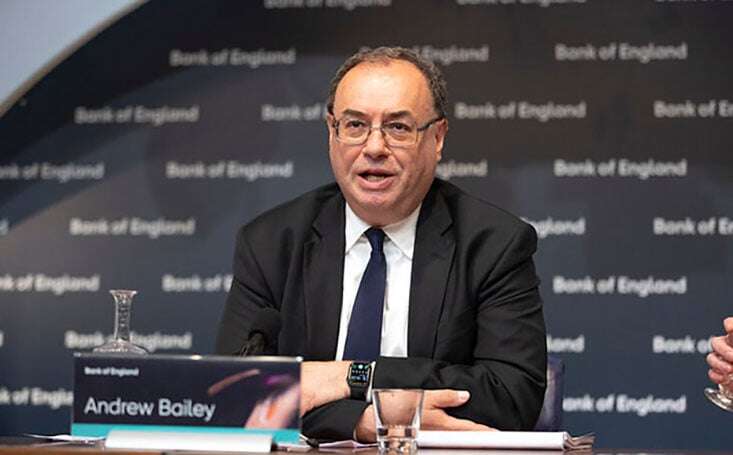The rental landscape in Great Britain has seen significant changes, and as letting agents, we understand the challenges you face in navigating this evolving market.
Recent analysis indicates a staggering 26% increase in average private rents since the onset of the Covid pandemic. This surge is expected to persist, with estimates suggesting a 9.5% rise by the year's end and a further 6% in 2024 before reaching an "affordability ceiling."
The primary driver behind this surge is the overwhelming demand for quality rental properties, surpassing the available supply. Compounded by tightened borrowing costs, landlords with buy-to-let mortgages have witnessed substantial cost hikes, prompting adjustments in rental rates or even property sales. Similarly, mortgage-free landlords have also seen the need to recalibrate rents.
Rising borrowing expenses have contributed to a scenario where aspiring homeowners are prolonging their stay in the rental market. This prolonged tenancy only adds to the growing demand for rental properties.
The scarcity of available properties has led to fierce competition among prospective tenants, resulting in queues at viewings, above-market offers, and some landlords requesting upfront annual rent payments.
Predictions from Savills indicate that rental growth will remain robust due to ongoing property supply shortages and the challenging conditions for landlords in the short term. This forecast draws upon a comprehensive analysis of data, incorporating research from Savills, Oxford Economics, and rental growth statistics from Zoopla.
While a 9.5% increase in the average private rent for 2023 may be slightly lower than the 11.2% hike seen in 2022, it still stands as the highest increase on record.
Emily Williams, Director at Savills Residential Research, highlights the competitive landscape, where tenants are bidding higher to secure tenancies. This, combined with income growth, contributes to short to medium-term upward pressure on rents. However, there's uncertainty regarding where additional rental supply will emerge in the near future.
These rising rents are further straining the financial capacity of tenants in the private rented sector. On average, tenants are allocating 35.3% of their income towards rent, a significant increase from 2021-22's 33%. In London, this proportion rises substantially to 42.5%, emphasizing the financial burden on renters in the capital.
Savills forecasts a delay in a significant increase in rental property supply until 2026 and beyond, aligning with anticipated lower interest rates.
Looking ahead, while a 6% rise in average rents is anticipated for the next year, Savills projects relatively lower annual increases between 2025 and 2028, ranging from 2% to 3.5%.
Navigating these market shifts can be complex, and as a letting agent, we're here to offer our expertise and support in optimizing your property's performance in this dynamic rental landscape.






